About Stellenbosch University
Historical Background
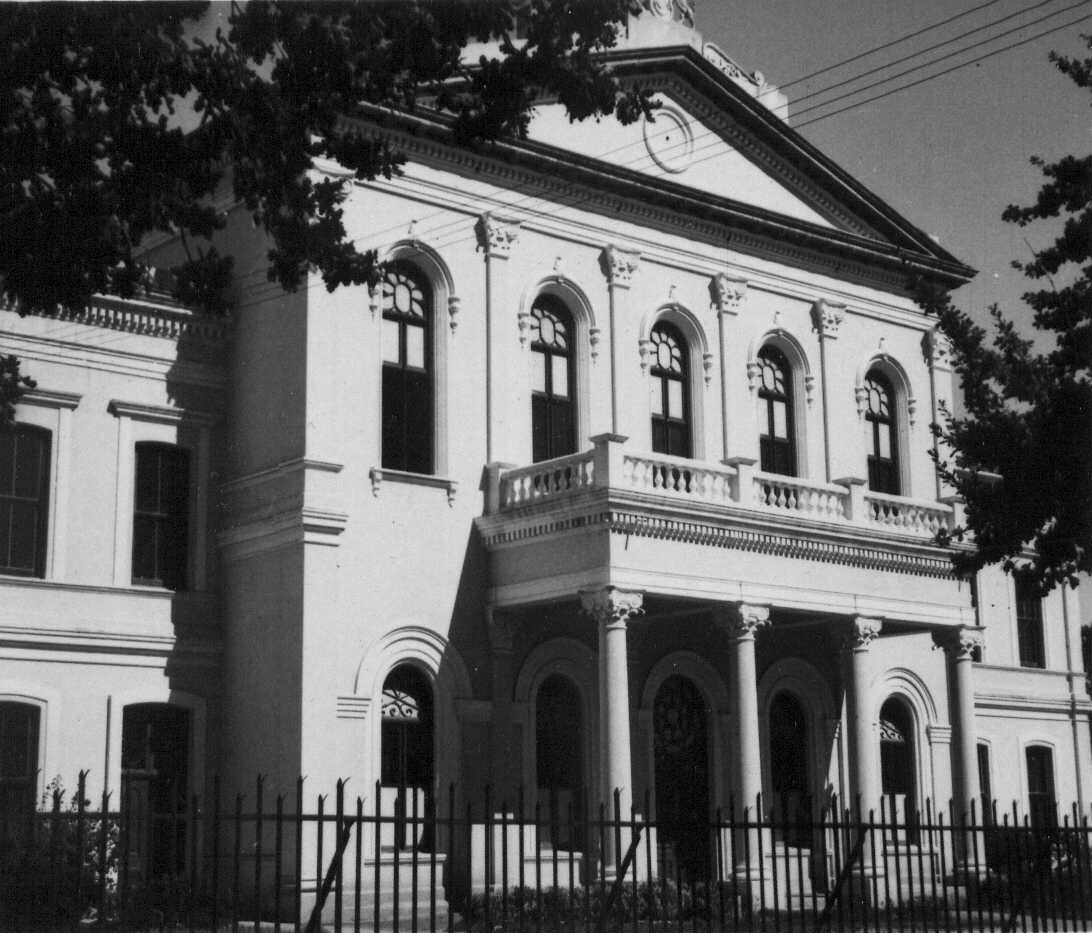
Less than a decade after the establishment of the Gymnasium, in 1874, the so-called Arts Department was founded. The Department started out with 120 scholars and two professors of Mathematics and Natural Sciences, and Classical and English Literature respectively. In 1879, the decision was made to build a proper college building to create more teaching space. The new building was inaugurated on 6 November 1886 and renamed Victoria College in 1887 in honour of Queen Victoria’s golden jubilee, the 50-year celebration of her ascent to the British throne.
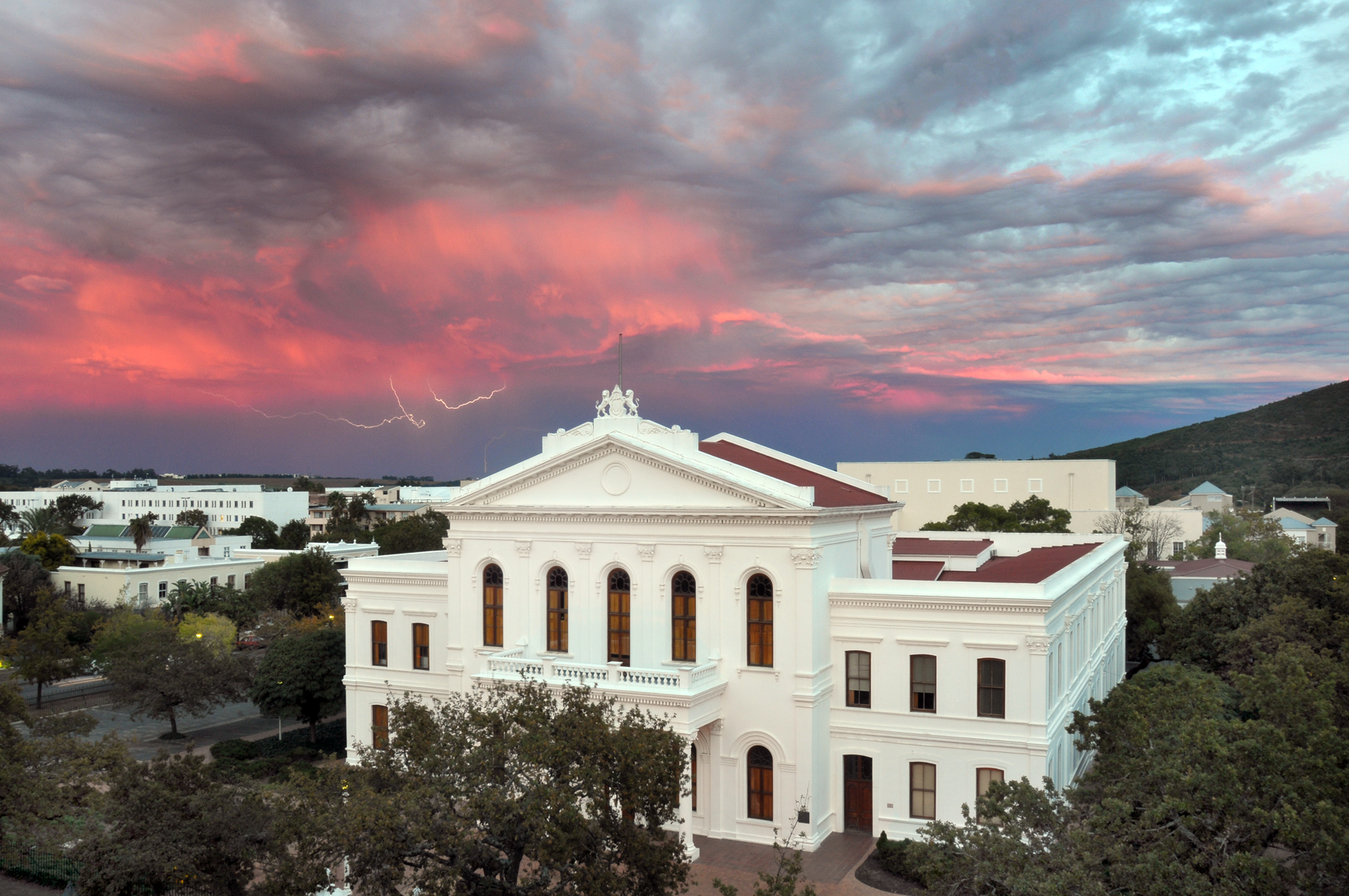
Over the period 1897-1900, Victoria College was transformed with the construction of various facilities such as the Physics laboratory, the Christian Marais library and buildings for Education and Science. A college expansion scheme initiated in 1904 led to the establishment of research chairs in Zoology, Botany, History and Applied Mathematics. In 1911, the first professor of Education was appointed.
The adoption of the University Act in 1916 by the then Union of South Africa Parliament paved the way for the establishment of a university. On 2 April 1918, Victoria College became Stellenbosch University thanks to a £100 000 donation by a local benefactor, Mr Jan Marais of Coetzenburg. Today, his statue can be seen on the Red Square on mid-campus, while his Victorian residence on Coetzenburg houses Maties Sport.
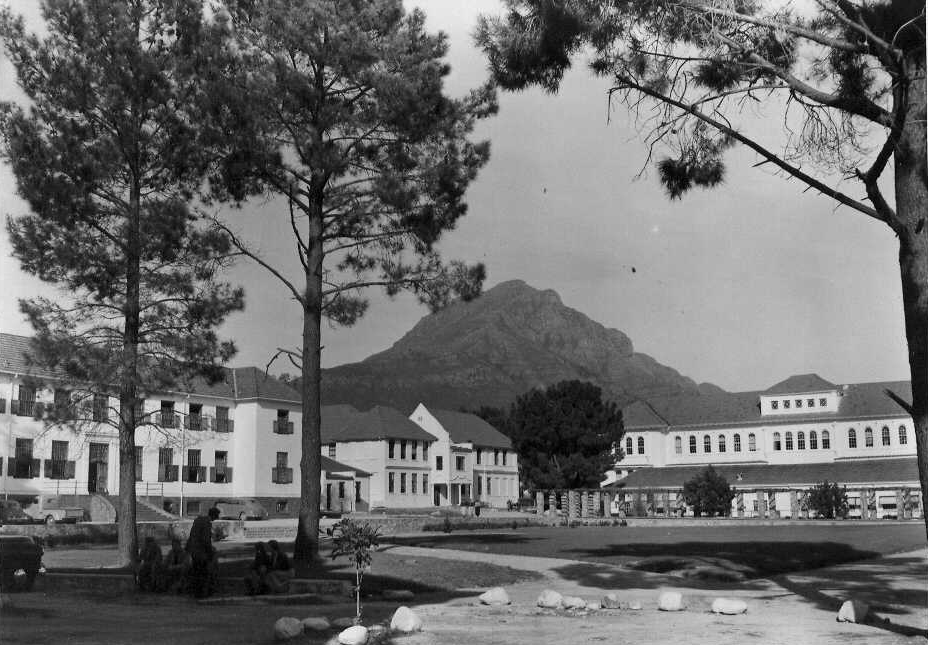
By 1917, Victoria College had 503 students and 40 lecturing staff. In the subsequent decades, the number of students and staff at Stellenbosch University has drastically increased and its academic offering has been expanded to the current ten faculties – AgriSciences, Economic and Management Sciences, Medical and Health Sciences, Engineering, Military Sciences, Arts and Social Sciences, Science, Education, Law and Theology – spread over five campuses.
By the start of 2013, the institution has reached a student corps of 28 000 (including more than 3 000 foreign students), a lecturing staff complement of 939, and some 50 research and service divisions.
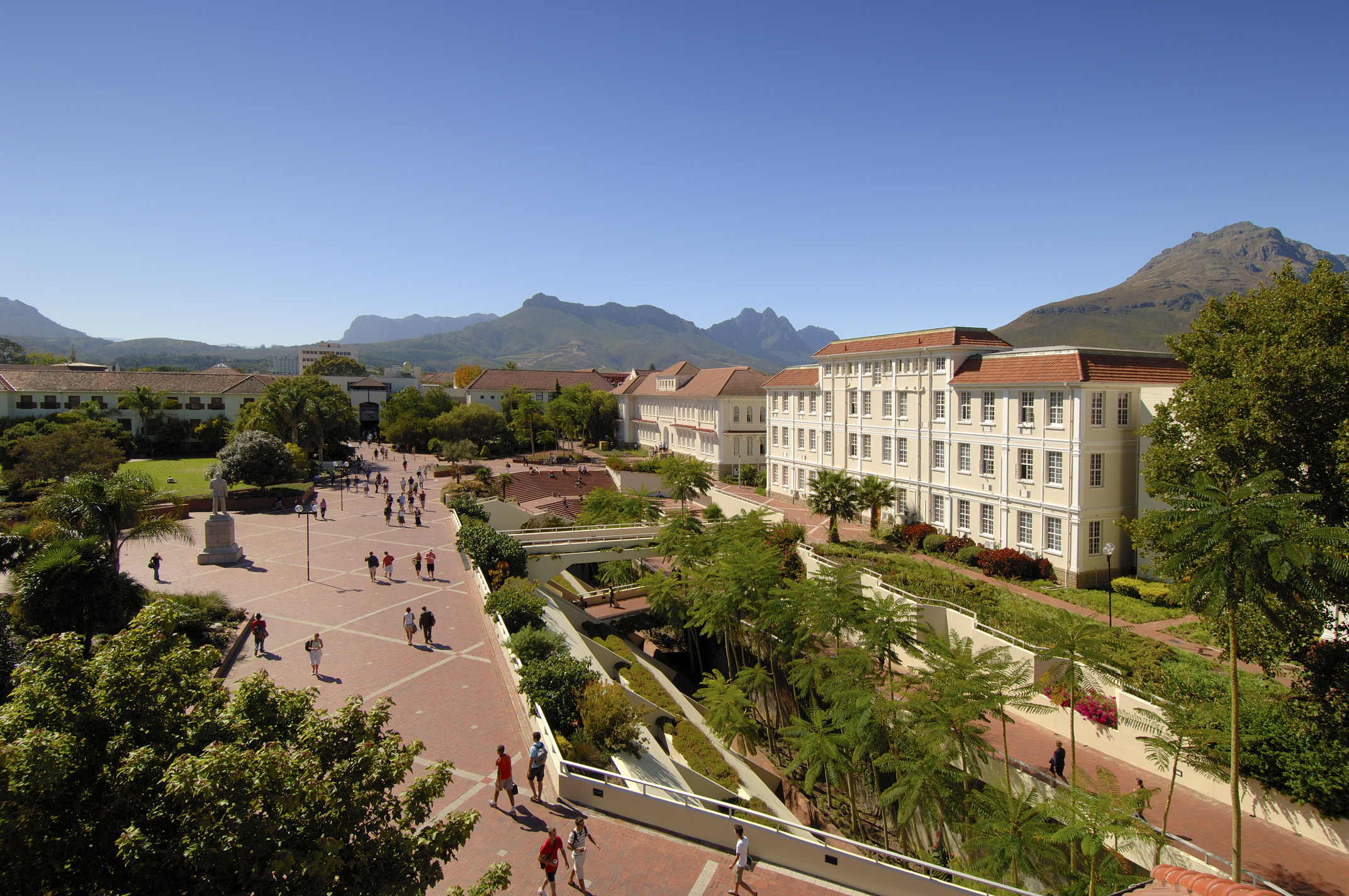
Political turmoil
Stellenbosch University could not escape the political turmoil of the apartheid era. Parts of mid-campus were built in “Die Vlakte” (Afrikaans for ‘The Flats’), the area between the modern-day Victoria, Bird and Joubert streets and Banhoek Road. Die Vlakte was home to many coloured residents of Stellenbosch, but was subject to forced removals in terms of the Group Areas Act (Act 41 of 1950), which was promulgated on 27 April, the day on which South Africa today celebrates Freedom Day. The Act was aimed at segregating the various racial groups into separate residential areas.
The former Lückhoff School in Banhoek Road formed the heart of Die Vlakte, and was the first Afrikaans secondary school for coloured children in the Boland. The school building was erected in 1938 after the school had started teaching in various houses and buildings in the area. Learners from as far as Namibia attended, and by 1969, the school had grown to more than 1 000 learners. On 30 October 1969, in terms of the Group Areas Act, the learners had to carry their school benches from the old school to the new school building in Idas Valley.
The fact that the old school building was transferred to Stellenbosch University had been the cause of nearly 40 years’ division between the University and the coloured community of Stellenbosch. In 2007, as a symbol of reconciliation and transformation, the University dedicated the school building to the community, after SU also supported the compilation of In ons bloed, a book on the people of Die Vlakte, in 2006. Since then, a permanent photographic exhibition was installed in the building in 2008 and 2009 in order to recognise those former pupils of the school who went on to become prominent figures in South African society.
Currently, Division for Social Impact and Matie Community Service as well as a number of non-profit and community organisations operate from the old school building. The Faculty of Law’s renovated Legal Aid Clinic and the state-of-the-art building of the Africa Centre for HIV and Aids Management, which was opened in 2012, are adjacent to the old Lückhoff building. Today, that corner of the former Die Vlakte is a beacon of hope and reconciliation, and a symbol of the way in which Stellenbosch University’s expertise is utilised to serve society in order to make a tangible difference in people’s lives.
Discover Stellenbosch University
Stellenbosch University (SU) is home to an academic community of 29 000 students (including 4 000 foreign students from 100 countries) as well as 3 000 permanent staff members (including 1 000 academics) on five campuses. The historical oak-lined university town amongst the Boland Mountains in the winelands of the Western Cape creates a unique campus atmosphere, which attracts local and foreign students alike. On the main campus, paved walkways wind between campus buildings – some dating from previous centuries; others just a few years old. Architecture from various eras attests to the sound academic foundation and establishment of an institution of excellence. This, together with the scenic beauty of the area; state-of-the-art, environmentally friendly facilities and technology, as well as visionary thinking about the creation of a sustainable 21st-century institution, makes for the unique character of Stellenbosch University.
Academic excellence and innovation 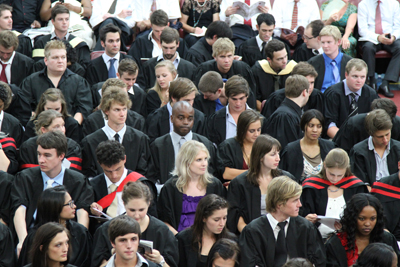
The University is amongst South Africa’s leading tertiary institutions based on research output, student pass rates and rated scientists, and is recognised internationally as an academic institution of excellence. It boasts the highest weighted research output per full-time academic staff member of all South African universities and the second-highest number of scientists in South Africa who have been rated by the National Research Foundation (NRF). It also has the highest student success rate in the country.
SU is cementing its reputation as a world-class institution. According to the Times Higher Education World University Rankings, SU is one of the top 300 universities in the world, and among the top 20 in BRICS countries. It also features among the world’s elite institutions in 10 of the 36 subjects featured in the QS World University Rankings by Subject for 2025. SU was also included in the 2014 CWTS Leiden Ranking, which measures the scientific performance of 750 major universities worldwide.
With 18 research chairs under the NRF South African Research Chairs Initiative (SARChi), the University is regarded as a leader in the fields of biomedical tuberculosis research and management, wine biotechnology, animal sciences and mathematical biosciences. Another SARChi chair, in the field of invasion biology, is shared between SU and the University of Venda. This constitutes but one of SU’s many partnerships, both local and international. As preferred research partner, SU also participates in various international academic networks.
Faculties and campuses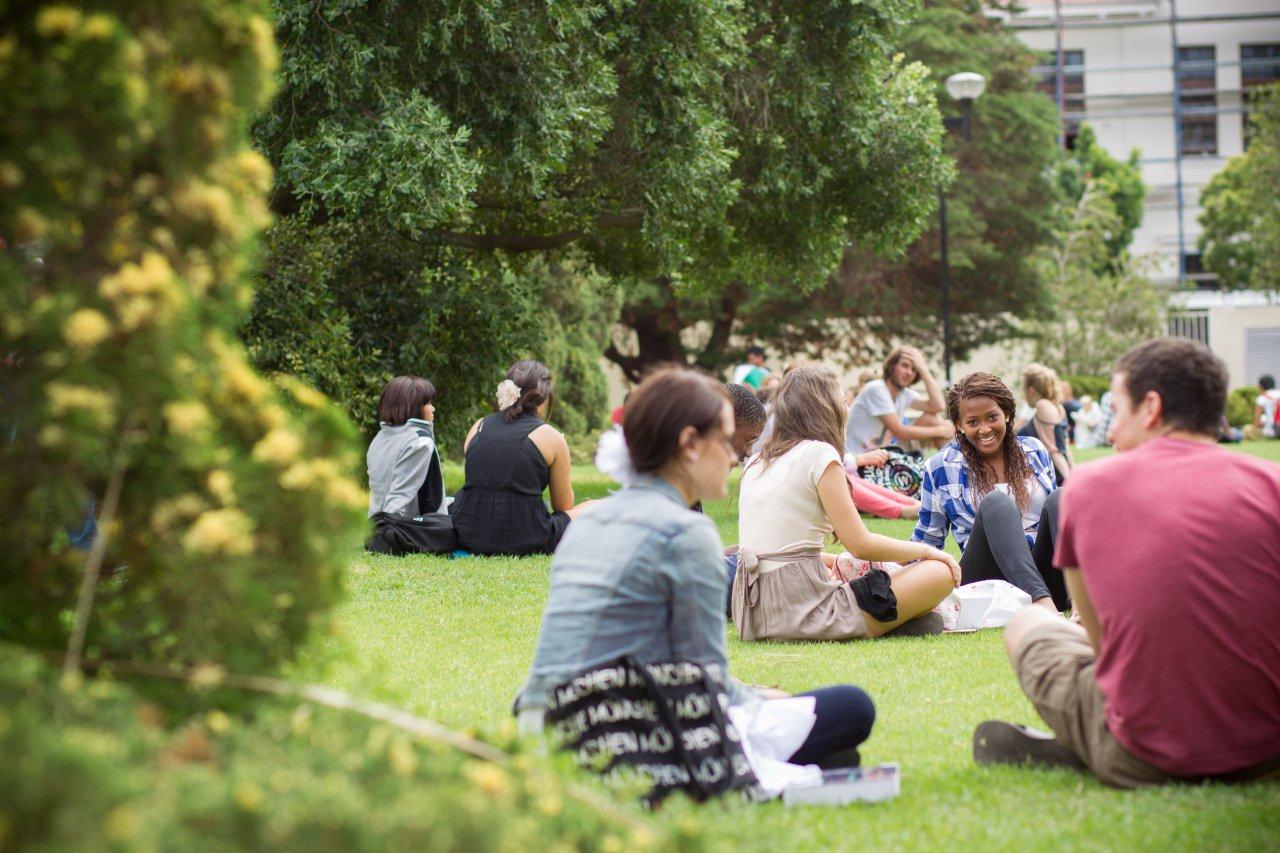
SU has ten faculties: AgriSciences, Economic and Management Sciences, Medicine and Health Sciences, Engineering, Military Sciences, Arts and Social Sciences, Science, Education, Law and Theology.
The main campus in the picturesque university town of Stellenbosch in the heart of the Western Cape winelands is quite an attraction for students. Stellenbosch is situated about 50 km from Cape Town and just 30 km from Cape Town International Airport.
Eight faculties are on the main campus, with the Faculty of Medicine and Health Sciences situated on Tygerberg campus adjacent to the Tygerberg academic hospital, and the Faculty of Military Sciences – the only one of its kind in South Africa and one of only 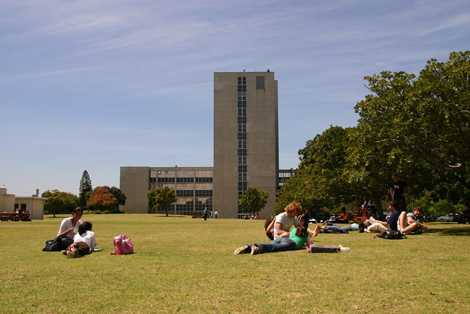 two in Africa – based at the South African Defence Force Military Academy in Saldanha. The University ofStellenbosch Business School (USB) and other postgraduate business and planning programmes of the Faculty of Economic and Management Sciences are located on the Bellville Park campus.
two in Africa – based at the South African Defence Force Military Academy in Saldanha. The University ofStellenbosch Business School (USB) and other postgraduate business and planning programmes of the Faculty of Economic and Management Sciences are located on the Bellville Park campus.
The fifth SU campus, in Worcester, was officially opened in 2012 with the launch of the Ukwanda Rural Clinical School of the Faculty of Medicine and Health Sciences. Here, medical and related health sciences students have the opportunity to complete their clinical training on a rural platform. This is yet another example of SU’s pioneering work in the field of academic innovation. Each year, the campus also houses a new group of school-leavers who participate in Stellenbosch University’s Science and Mathematics bridging programme (SciMathUS). The programme offers students from educationally disadvantaged communities the opportunity to gain access to higher education.
Vibrant student communities
SU is known as a residential campus with an active residential life, which makes residence placement sough-after among students. As the residence demand far exceeds supply, and in line with new learning needs, SU is in the process of converting its Stellenbosch campus into an integrated learning and living space. Residences and private wards are grouped into clusters, each with its own cluster hub, where residence and day students are able to study, meet and socialise. With the construction of new buildings and the repurposing of existing buildings, student-centred facilities are created to enable students to conduct group work, study and gain access to the University’s electronic networks.
SU’s graduates are sough-after in the workplace. However, the University also aims to deliver engaged citizens and responsible leaders, who are willing to use their expertise and skills to serve society. Therefore, students are encouraged to engage with the community through MAD² (Making A Decision 2 Make A Difference) and Matie Community Service as well as service learning and community interaction within their respective disciplines. Further opportunities for self-improvement are offered by MFM 92.6, the University’s community radio station; a wide variety of student associations and sporting codes, the Students’ Representative Council, house committees and the Frederik Van Zyl Slabbert Institute for Student Leadership Development.